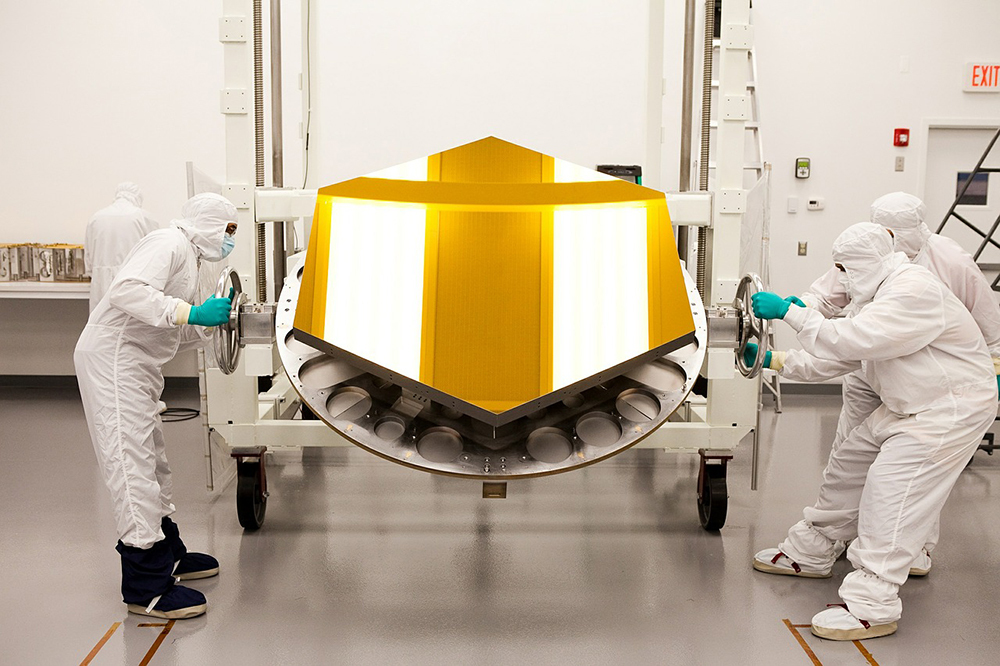How To Remove The Waste Of Caster Defects
We learned in our previous post titled, “8 Waste Types of Downtime”, that the primary objective of lean manufacturing is to eliminate all types of waste. In this post, we’ll teach you how to remove the waste type of caster defects.
When considering a product solution to a problem, the total cost of ownership of the product solution should be the first issue considered.

MEASURE CASTER WHEEL EFFECTIVENESS
As defined on goleansixsigma.com, defects are “products or services that are out of specification that require resources to correct”. The best option to avoid defective mistakes in the first place is to choose the right product(s) the first time, for the right application. To measure equipment effectiveness, you would have to gauge the total cost of ownership, quality, and performance of the product. When considering a product solution to a problem, the total cost of ownership of the product solution should be the first issue considered. The total cost of ownership should not be confused with the “cost price” of the product.
1. APPRAISE TOTAL COST OF OWNERSHIP OF CASTER WHEELS
As noted in our cost deployment post, high-quality products can be defined by:
- Opportunity costs
- Reduced downtime
- Fewer production interruptions
- Maximized production capacity to increase profits
Often, when you purchase a product with a low total cost of ownership, the savings in the long run are dramatic. If someone were to choose an incorrect/low-quality solution for a production line, the cost of loss of downtime could be tremendous. The types of losses that are tied directly to defective downtime are losses of speed, labor, and equipment efficiencies.
When equipment in a production line fails, the resulting unscheduled downtime creates a ripple effect that slows down other processes of the supply chain. One or more employees may have to inspect the problem, wait for materials, wait for instructions, or rework the problem to catch up to the production schedule.

2. COMPARE QUALITY OF CASTER WHEELS
The value of a caster wheel cannot be judged by the initial price tag alone. Other than just rolling, one must consider how well the caster wheel will:
- Dispel debris
- Lower noise decibel levels
- Lower push/pull efforts
- Prevent workplace injuries
The next time you consider whether the benefits of a caster wheel outweigh the initial cost, examining total cost of ownership should help you support your decision-making.
3. BENCHMARK CASTER WHEEL PERFORMANCES
Factors that can disrupt the effectiveness of caster wheel performance include:
- Improper wheel types for particular floor conditions
- Using a caster that is unable to handle a required weight load
- Incorrectly configuring casters onto the application
If you need help on removing the waste of caster defects, contact us in order to begin working with one of our expert Regional Solutions Managers.